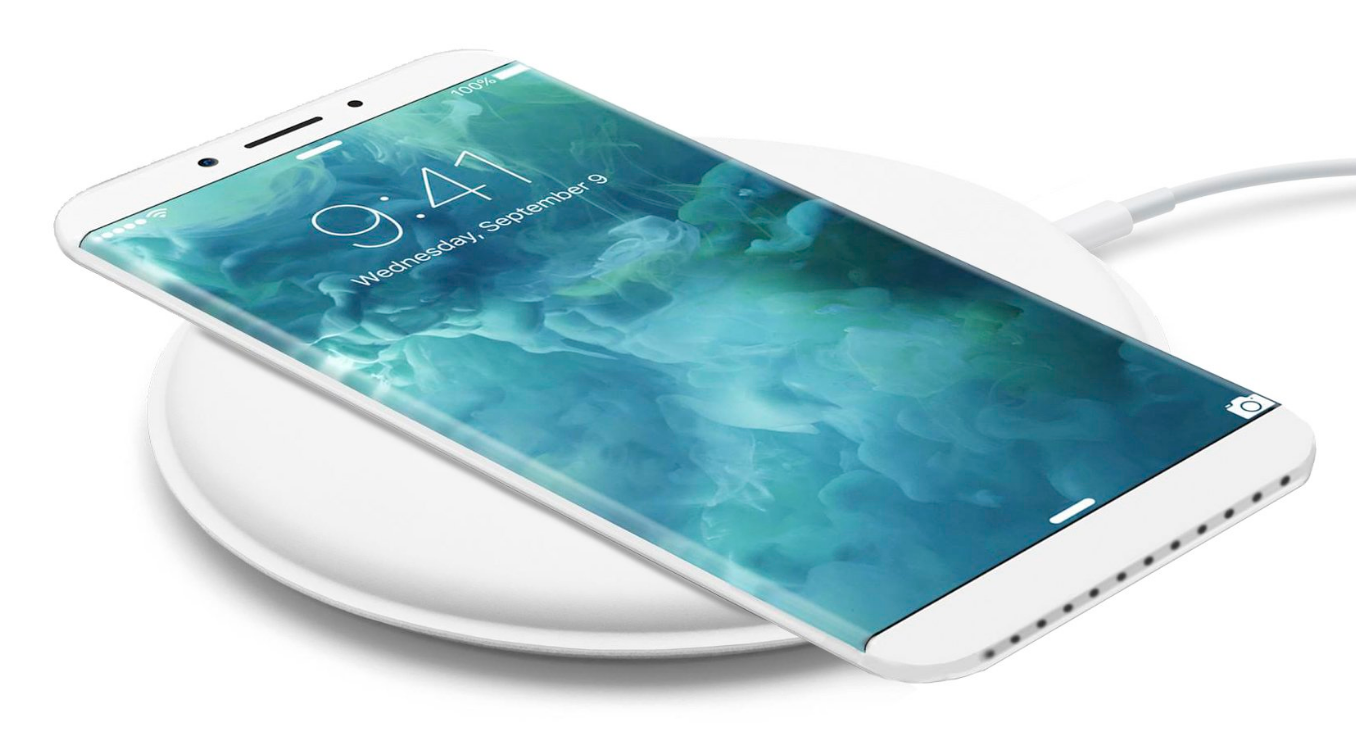iPhone 7 Plus is already scraping the $1000 mark on price, and if the top-end iPhone for 2016 is anything to go by, we might see iPhone 8 / iPhone X starting at prices much closer to $1000.
Depending on what memory and Plus options are going to be available, we may see the top-end model come in at way over $1000.
Why?
For one, OLED displays cost almost twice what LCD technology costs, according to a source that spoke to Fast Company. And the most likely supplier for the 10th anniversary iPhone is none other than its biggest rival – Samsung – because they’re the only ones with the capacity for it, apparently.
Second, iPhone 8 is expected to come with higher memory options, and with the dollar as strong as it is, this will add a significant cost burden on Apple.
Third, iPhone 8 will likely come with a much bigger battery, further adding to the cost of making the phone.
Fourth, there are other new technologies that may be implemented on iPhone 8, such as a virtual home button, side buttons being converted into touch-sensitive metal inlays, biometric technology and more.
All of this adds to the manufacturing cost of Apple’s flagship iPhone for 2017.
But Apple has always been a bargain-hunter when it comes to components, and lately it’s been putting the squeeze on its suppliers for better prices. On the components front, Apple has already taken a firm stance against Qualcomm for cellular modems, and they’re even disputing royalties to Nokia in a series of lawsuits. Smaller suppliers don’t even count when it comes to Apple meeting its own cost goals.
Being a dominant buyer in the smartphone component space, Apple can pretty much command its own acquisition costs. But not in every area. Samsung, for example, knows well enough that Apple needs its OLED technology, so they’re not going to deep-discount their tech and give Apple the price advantage it needs to keep the new iPhone’s cost at below $1000. Qualcomm might not, either, although Intel might.
The main take-away here is the fact that things are getting more expensive for Apple on multiple fronts, and that cost is not going to be absorbed by the company. It has to necessarily pass on to the consumer if Apple wants to keep its margins intact, which it will undoubtedly do.
Apple is by far the most profitable smartphone maker in the world, raking in more than 90% of all smartphone profits during the fourth quarter of last year. As such, there’s no chance it will step down from its position and “make do” with thinner margins. If some of the suppliers won’t budge, then Apple knows that consumers certainly will.
We know that Apple is also releasing what could be an iPhone 7s and 7s Plus alongside iPhone 8/X, so there could be a trade-off in terms of margins. Those two models will continue the LCD tradition, and its very likely that Apple will sacrifice margins on those phones so they can keep iPhone 8 margins intact.
As such, we can probably expect Apple to start its iPhone 7s pricing from well under $1000, but even the base model iPhone 8 could lighten your wallet by $1000 or more.
Nevertheless, Apple is counting on the massive demand-momentum that it’s been setting up over the past decade. Even at $1000 or more, demand for the tenth anniversary iPhone is likely to be much higher than for any other smartphone coming out this year.
Thanks for reading our work! Please bookmark 1redDrop.com to keep tabs on the hottest, most happening tech and business news from around the world. On Apple News, please favorite the 1redDrop channel to get us in your news feed.



